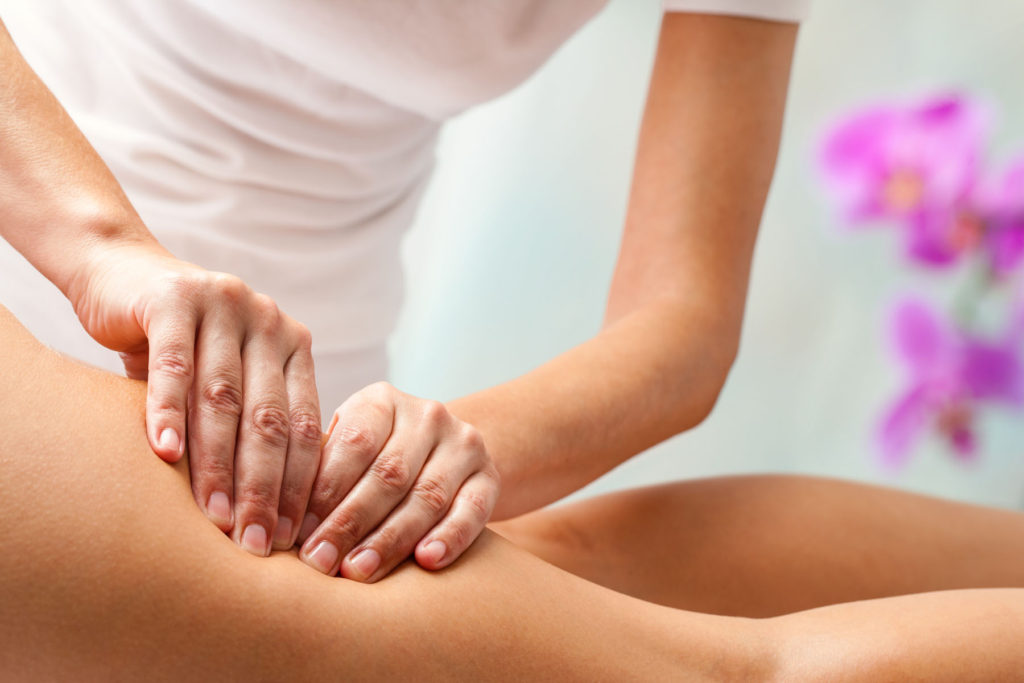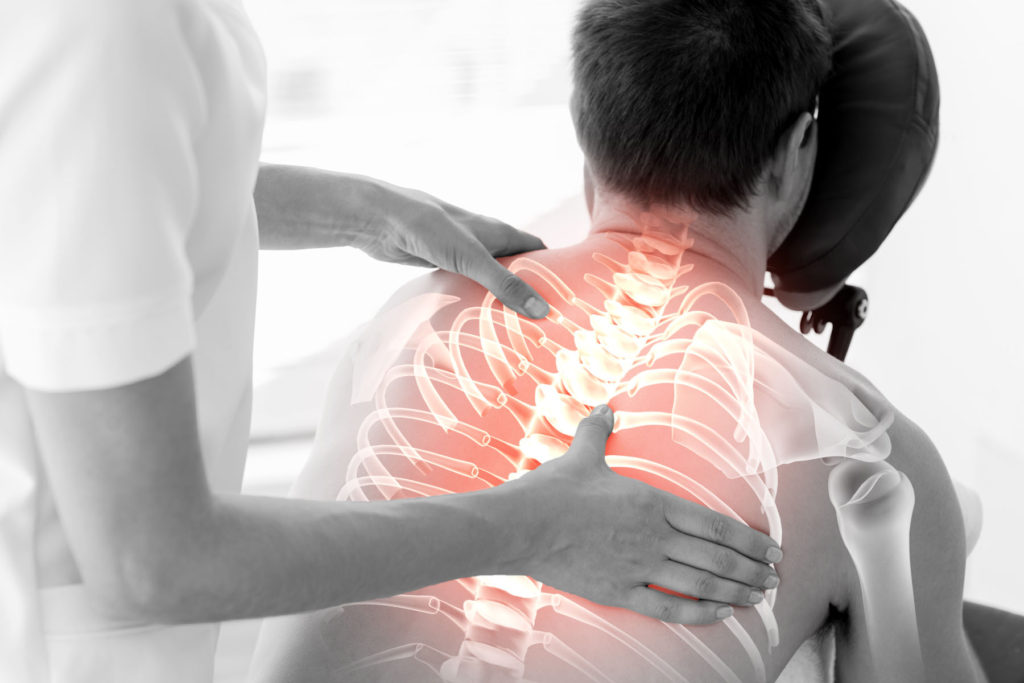Although the term ‘Hands on Treatment’ may be self explanatory, it tends to include several different techniques. These are:
Mobilisation
This a gentle rocking pressure by the Chartered Physiotherapists hands on the joints of neck, back or limbs.It may also involve twisting the neck or back to release a certain joint. It is particularly beneficial for freeing up the joints and in this way makes movement less painful.

Soft Tissue Massage
This involves massage into muscles in the painful area which may be in spasm or have tightened up. It is helpful as it eases physical tension in the tissues, so that flexibility improves. It is probably the favourite part of any treatment, as it feel good to have muscle tension released. It is usually used over or around the injured area only during a Physiotherapy treatment.

Compression/Release
This is a technique where specific pressure is put on knotted muscle fibres (Trigger Points). This pressure helps to release the painful knot and free up the area. It may feel painful as it is done, but people often refer to it as a ‘good’ pain, as the Chartered Physiotherapist is pressing on exactly the right spot where the pain is coming from.
Exercise
Therapeutic exercise is often started initially with the help of the physiotherapists hands to guide patient in how to perform an exercise. Many people may be sore or afraid to move after an injury, so this helps them to start off moving their injured part again in a safe manner. Gradually help is reduced until the patient is able to perform the movement independently.

